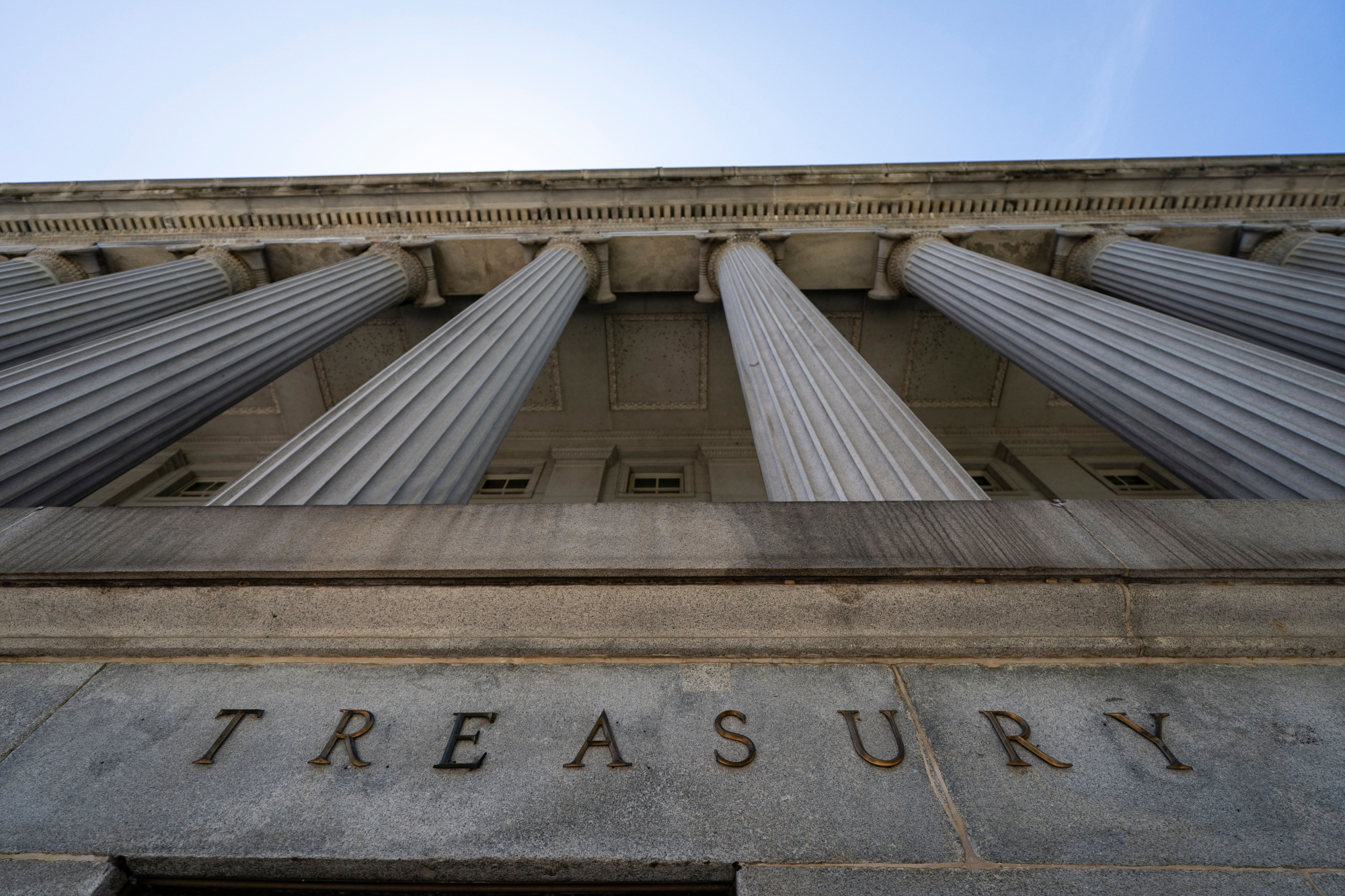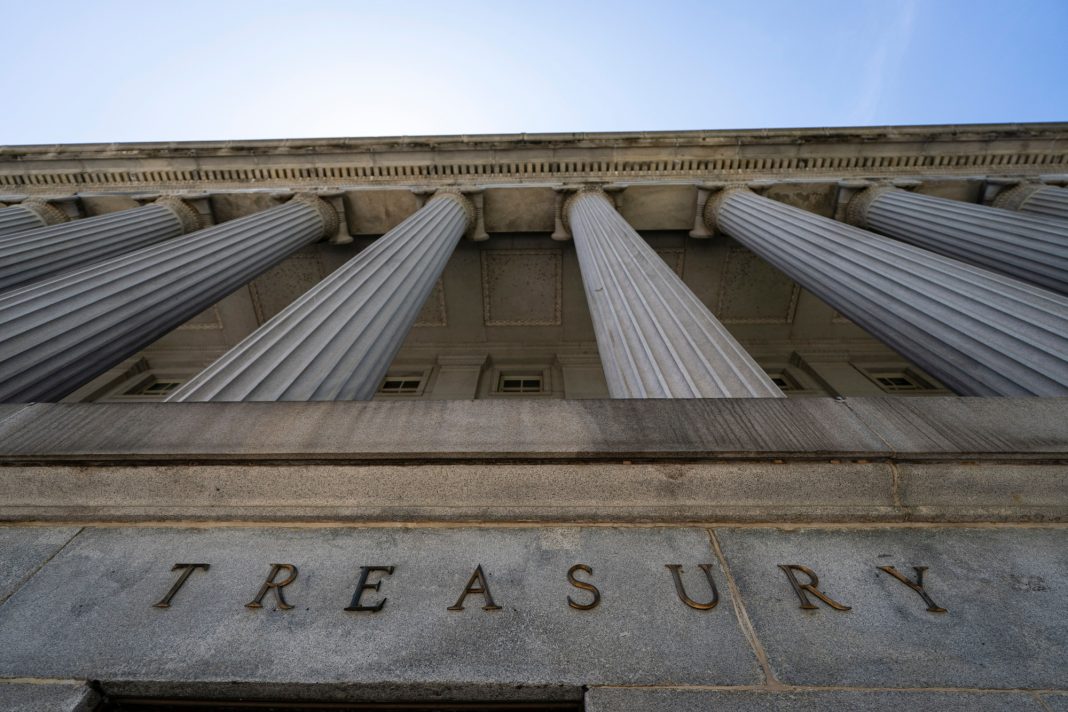 Examining the US Debt Market
Examining the US Debt Market
Foreign holdings of U.S. debt reached a record high in May, despite China and Japan reducing their exposure to government bonds. Data from the Treasury International Capital System (TICS) showed that foreign holdings of U.S. Treasurys increased to $8.129 trillion in May, up from $8.04 trillion in April. This increase in foreign investment comes as the yuan and yen face persistent pressure.
Japan, the top foreign investor in U.S. debt, reduced its portfolio by $22 billion to $1.128 trillion. This reduction is significant because market watchers have been closely monitoring Japan’s management of its U.S. government debt holdings, as officials try to support the Japanese yen. The yen has been trading at a three-decade low against the dollar, prompting currency authorities to intervene in the foreign exchange market by selling dollars and buying yen since April.
China, the second-largest holder of Treasurys, also shed a little over $2 billion to $768.3 billion. China’s holdings have decreased by about 10 percent since May 2023. Like Japan, China’s currency has been weakening this year, with the offshore yuan down more than 2 percent year-to-date. Last year, Chinese state banks were selling the greenback to purchase yuan to slow down the currency’s depreciation.
Despite the reductions by China and Japan, other countries increased their holdings of U.S. debt in May. The United Kingdom bought $13 billion, Canada bought $16 billion, and Ireland bought $10 billion. Only Hong Kong and Switzerland decreased their stake.
Examining the reasons behind the growth in foreign investment in U.S. Treasurys, we find that yields have eased on expectations that the Federal Reserve will cut interest rates as early as September. The benchmark 10-year yield is currently at 4.21 percent, down from its peak of 4.71 percent in April. The 2-year yield is also lower at just below 4.5 percent, down from this year’s high of 5.04 percent in April.
However, despite the increase in foreign investment, there has been tepid demand for short- and long-term debt securities among domestic investors. The recent auctions of 20-year bonds and 7-year notes saw lower demand from domestic buyers, with international buyers and primary dealers picking up the slack.
One possible reason for the lackluster domestic demand could be the surge in supply. Over the past year, the supply of T-bills has risen by approximately $2 trillion. Torsten Slok, the chief economist at Apollo, warns that this increase in supply requires a corresponding increase in demand, and growing the amount of T-bills while the Fed is reducing its holdings of Treasury securities increases the risk of an accident in funding markets.
To address this concern, the Fed recently announced that it will slow down the size of its runoff campaign, providing overall support to Treasury securities. However, there is debate about whether the Fed’s plan to lower interest rates will help or hurt the bond market. Some experts believe that lowering interest rates could result in lower appetite for T-bills from households and money market funds, which could lead to upward pressure on short rates due to the imbalance between supply and demand. Others think that as long as officials continue to reassure that significant progress has been made in fighting inflation, spikes in yields this summer are unlikely.
Despite ongoing concerns about the size of the U.S. national debt, the bond market has remained relatively calm compared to previous years. However, the International Monetary Fund (IMF) warns that “something will have to give” due to the U.S. being the largest government bond market in the world. The IMF suggests that the fiscal stance, which is out of line with long-term fiscal sustainability, poses short-term risks to the disinflation process and longer-term fiscal and financial stability risks for the global economy.
In conclusion, while foreign holdings of U.S. debt have reached a record high, reductions by China and Japan raise concerns about the stability of the bond market. The easing of yields and expectations of interest rate cuts by the Federal Reserve have attracted foreign investment, but domestic demand for debt securities remains tepid. The surge in supply, coupled with the Fed’s reduction of Treasury holdings, increases the risk of funding market accidents. The future of the bond market will depend on the Fed’s actions and its ability to balance supply and demand.

